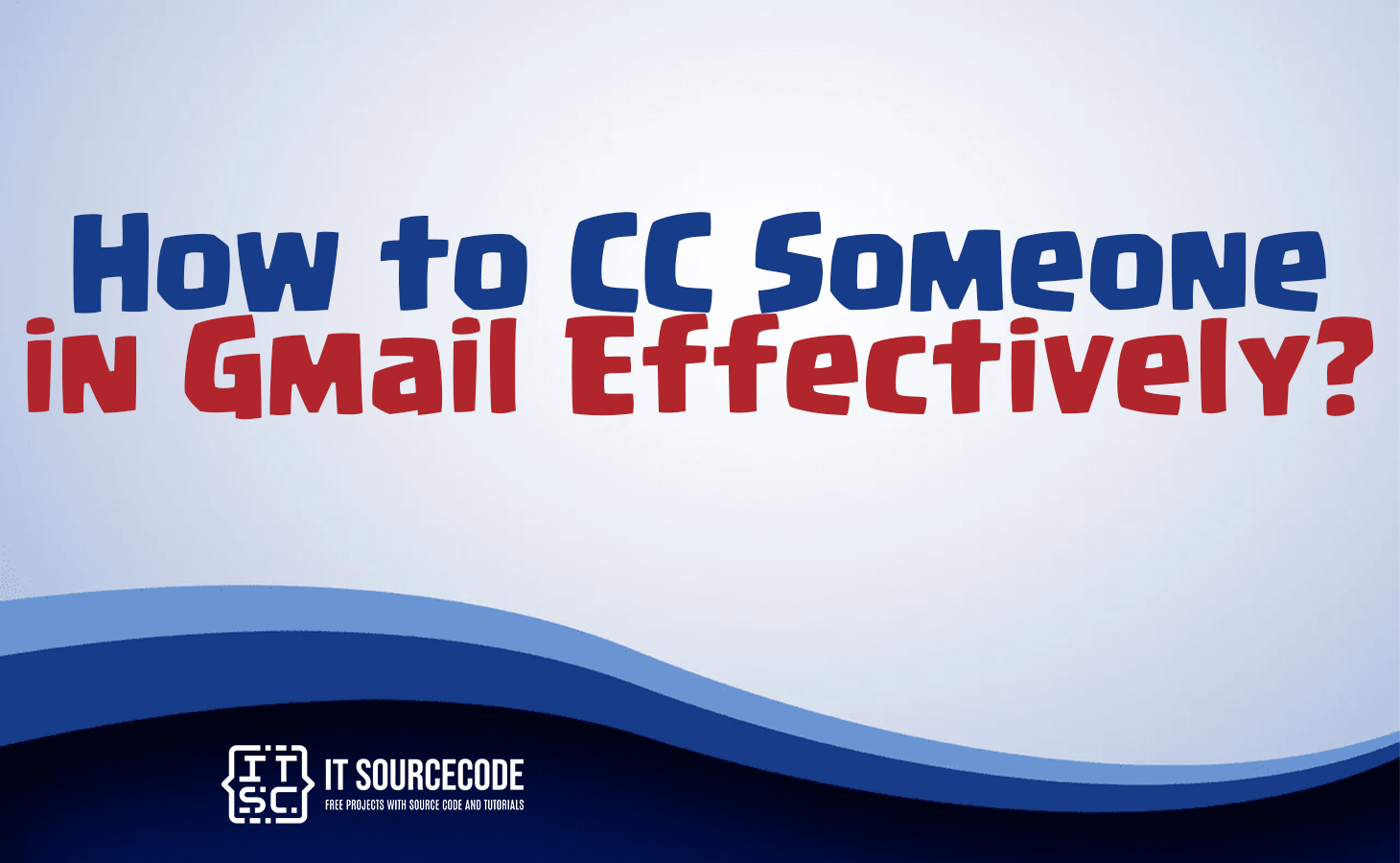
Navigating Gmail’s CC feature effectively is essential for efficient email communication, ensuring vital information reaches multiple recipients without hassle. This guide dives deep into the nuances of utilizing the CC (carbon copy) function in Gmail, offering a blend of insights from seasoned experts. From mastering the art of including secondary recipients to understanding the etiquette behind it, we’ve got you covered. Plus, our exclusive checklist will streamline your CC-ing process, making it a breeze.
Understanding CC in Gmail
At its core, the CC feature in Gmail allows you to include secondary recipients in your emails—people who need to stay informed but aren’t the main focus of your message. This function draws inspiration from traditional carbon paper, replicating your message to ensure it reaches everyone tagged in the CC field. It’s a fantastic way to maintain transparency and keep multiple parties in the loop simultaneously.
The Art of CC-ing: A Step-by-Step Breakdown
To seamlessly integrate the CC function into your emailing routine, follow these straightforward steps:
- Compose Your Email: Start by logging into Gmail and hitting the ‘Compose’ button.
- Spot the CC Field: Next to the ‘To’ field, you’ll find the ‘CC’ field. This is where you’ll list your secondary recipients.
- Input Recipient Addresses: Type in the email addresses of those you wish to CC. Remember, if you’re including several people, separate their addresses with a comma.
- Finalize and Send: After drafting your email, a simple click on the ‘Send’ button will dispatch your message to both primary and CC’d recipients.
Your CC Checklist: Ensuring Smooth Email Communication
- Identify Your Audience: Always know who needs to be in the loop. Include only relevant parties in the CC field to avoid inbox clutter.
- Privacy Matters: Be mindful of sharing email addresses. Use BCC for mass emails where recipient privacy is a priority.
- Clarity Is Key: Make sure it’s clear why each recipient is included, avoiding potential confusion or misinterpretation.
Beyond the Basics: Navigating CC with Finesse
While CC’ing is fundamentally straightforward, its impact on communication dynamics is profound. It’s not just about sending copies; it’s about fostering an environment of transparency and inclusivity. However, exercise discretion to prevent inbox overload and preserve recipient privacy.
Innovative Endings: Wrapping Up with Insight
Harnessing the power of Gmail’s CC feature can transform your email communication, making it more inclusive, transparent, and efficient. It’s about more than just sharing messages; it’s a strategy to enhance collaboration and ensure everyone relevant stays informed. Dive in with confidence, knowing you’re equipped to CC like a pro.
Your CC FAQs Unveiled
- What precisely does CC mean in Gmail?
CC, or carbon copy, means including someone in the email conversation, ensuring they receive a copy of the correspondence. - Can I CC someone on an email that’s already been sent?
No, once an email is sent, you’ll need to forward it to add new recipients. - Is there a limit to the number of people I can CC?
While there’s no technical limit, it’s wise to CC only those necessary to keep communications clear and manageable. - How can I remove someone from the CC field before sending?
Simply delete their email address from the CC field if you decide they no longer need to be included. - How will I know if I’ve been CC’d on an email?
Your email address will be visible in the CC field of the email you receive, indicating you’re a secondary recipient.


